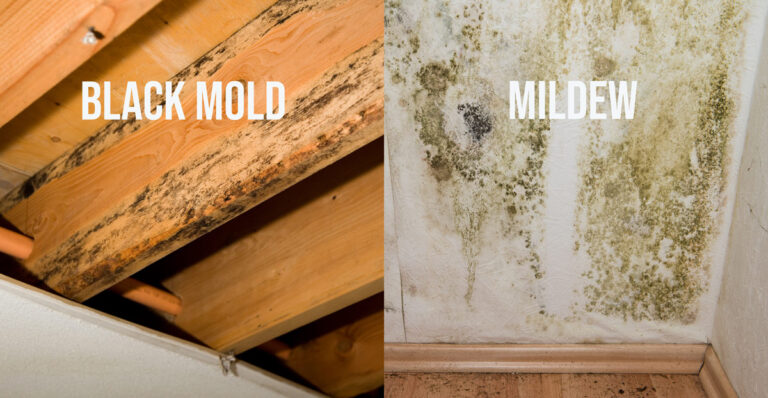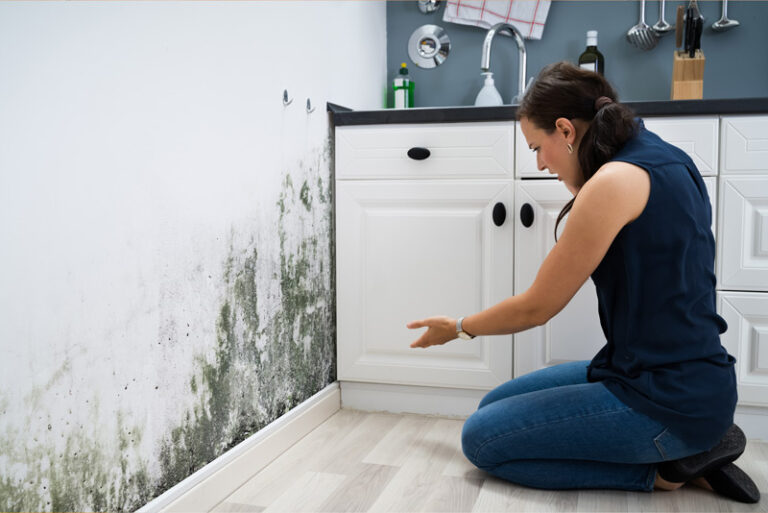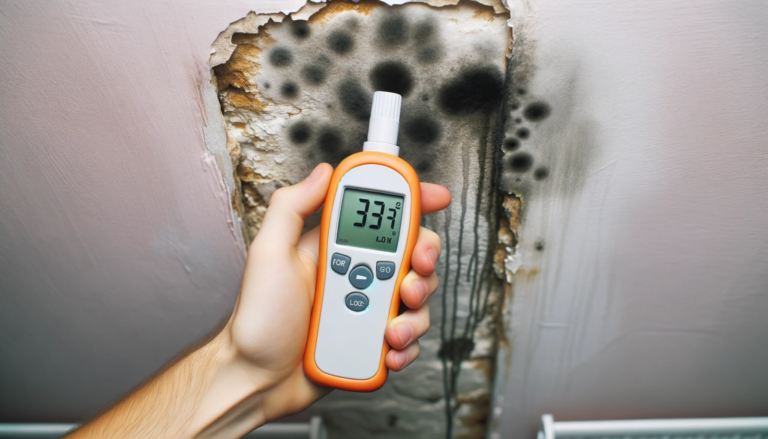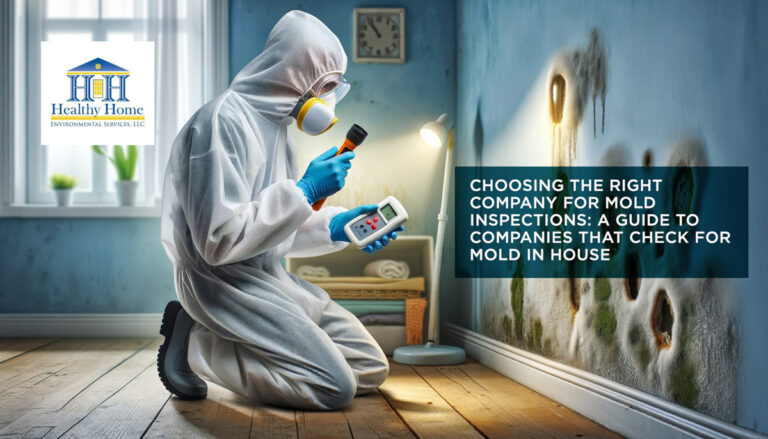What to do after mold remediation
Mold remediation is a crucial step in maintaining a healthy and safe environment, especially in humid regions where mold growth is prevalent. However, the journey doesn’t end once the remediation process is completed.
It’s imperative to follow up with a series of steps to ensure that the remediation was successful and to prevent future mold infestations.
This guide walks you through the essential actions you need to undertake post-mold remediation.
Key Takeaways
| Action | Purpose | Benefit |
|---|---|---|
| Post-Remediation Inspection | Verifies the effectiveness of mold remediation | Ensures a safe and mold-free environment |
| Maintain Low Humidity | Discourages mold growth | Prevents future mold infestations |
| Regular Cleaning | Removes any residual mold spores | Keeps the environment clean and healthy |
| Preventive Measures | Avoids conditions conducive to mold growth | Reduces the risk of recurring mold problems |
| Early Intervention | Detects and addresses any new mold growth promptly | Saves time and costs in the long run |
Post-Remediation Inspection

Why is it Necessary?
Post-remediation inspection is the first and foremost step to ensure that the mold remediation process has been successful. This inspection involves visual assessments, moisture measurements, and sometimes, air samples testing to check for any residual mold or conducive conditions for mold growth.
A thorough inspection by a qualified local mold inspector ensures that your premises are mold-free and safe for occupancy.
What Does it Include?
- Visual Observations: Inspectors look for visible signs of mold, water damage, and other conditions conducive to mold growth.
- Moisture Measurements: Utilizing specialized tools to measure the moisture level in various materials and areas.
- Air Samples: Collecting air samples to test for mold spore concentration.
Maintaining Low Humidity and Good Air Quality

The Role of Humidity
Humidity plays a significant role in encouraging mold growth. By maintaining a low humidity level, usually below 60%, you create an unfavorable environment for mold. Investing in dehumidifiers and air filters is a wise choice to maintain good air quality and low humidity levels.
Tips for Maintaining Good Air Quality
- Regular vacuuming and cleaning to remove dust and mold spores.
- Utilizing air purifiers and keeping your HVAC system well-maintained.
- Ensuring proper ventilation in high-moisture areas like bathrooms and kitchens.
Regular Cleaning and Preventive Measures

Cleaning Routine
Establishing a regular cleaning routine is essential in preventing mold re-growth. This includes cleaning and drying wet areas, wiping spills immediately, and keeping mold-prone areas like bathrooms, kitchens, and basements dry and well-ventilated.
Preventive Measures to Consider
- Shaking off dirt and dust from clothing and shoes before entering the premises.
- Avoiding the storage of mold-prone materials like firewood indoors.
- Sealing any leaks in the roofing, windows, or plumbing to prevent water accumulation.
Awareness and Early Intervention

Stay Vigilant
Being aware and vigilant is your first line of defense against mold re-growth. Early detection and prompt action can save you from extensive remediation costs in the future.
Signs of Mold Growth
- Musty Odors: Mold has a distinctive musty odor which can be an early sign of a problem.
- Visible Growth: Any visible mold growth should be addressed immediately.
- Health Symptoms: If you or your family members experience unexplained allergies or respiratory issues, it may be a sign of mold.
Seeking Professional Assistance
Engaging professional services for mold inspection and testing post-remediation ensures that your environment remains safe and mold-free. Services like mold testing and post remediation testing offered by reputable companies can provide peace of mind and ensure a healthy living environment.
Investing in Mold-Resistant Materials

After the remediation process, it’s a smart move to invest in materials that resist mold growth. This is particularly relevant for areas prone to moisture or where mold was previously found. For example: Mold inside walls or mold in flooring.
Material Recommendations
- Mold-Resistant Drywall: Unlike traditional drywall, mold-resistant drywall contains fiberglass facing instead of a paper facing, which helps to prevent the material from supporting mold growth.
- Mold-Resistant Paint: Applying mold-resistant paint on walls, especially in areas prone to moisture like bathrooms and kitchens, can help in preventing mold growth.
- Tile or Laminate Flooring: Unlike carpet, tile, and laminate flooring do not absorb moisture, making them a better choice for preventing mold.
| Material | Benefits | Ideal For |
|---|---|---|
| Mold-Resistant Drywall | Prevents mold growth, Durable | Walls, Ceilings |
| Mold-Resistant Paint | Creates a barrier against mold, Easy to clean | Walls, Ceilings |
| Tile/Laminate Flooring | Non-absorbent, Easy to clean, Mold-resistant | Bathrooms, Basements |
Engaging Professional Services

It’s advisable to engage professional services for post-remediation inspections, testing, and future preventive measures. Professionals have the expertise and tools necessary to ensure that your premises remain mold-free.
Services to Consider
- Mold Testing: Professional mold testing can identify the presence of mold, including types that are not visible.
- Post Remediation Testing: Ensures that the remediation process was successful and that your environment is safe.
- Regular Inspections: Having regular inspections by a local mold inspector can help in early detection and prevention of mold.
Educating Yourself and Others

Knowledge is a powerful tool in preventing mold re-growth. Educating yourself and others about the causes of mold and how to prevent it is crucial.
Sources of Information
- Online Resources: Websites, blogs, and online forums can provide a wealth of information about mold prevention and remediation.
- Local Health Departments: They often have resources and can provide recommendations for professional mold remediation, mold testing and inspection services.
- Professional Consultations: Engaging with professionals for consultations can provide personalized advice based on your specific circumstances.
Conclusion
The journey to a mold-free environment doesn’t end with remediation. It requires a continuous effort to monitor, clean, and maintain a conducive living or working environment. By following the steps outlined in this guide, you are well on your way to ensuring a healthy and safe space for you and your loved ones.
With a blend of professional services, self-education, regular inspections, and the right materials, you can keep your premises mold-free and prevent the hassles and health issues associated with mold infestation.
For more insights and professional assistance, explore services like mold testing and post remediation testing to ensure a thorough and effective mold remediation process.
Your proactive steps towards mold prevention and remediation are investments in a healthier and more comfortable living and working environment. Stay informed, take preventive measures, and don’t hesitate to seek professional assistance when needed to keep mold at bay.








